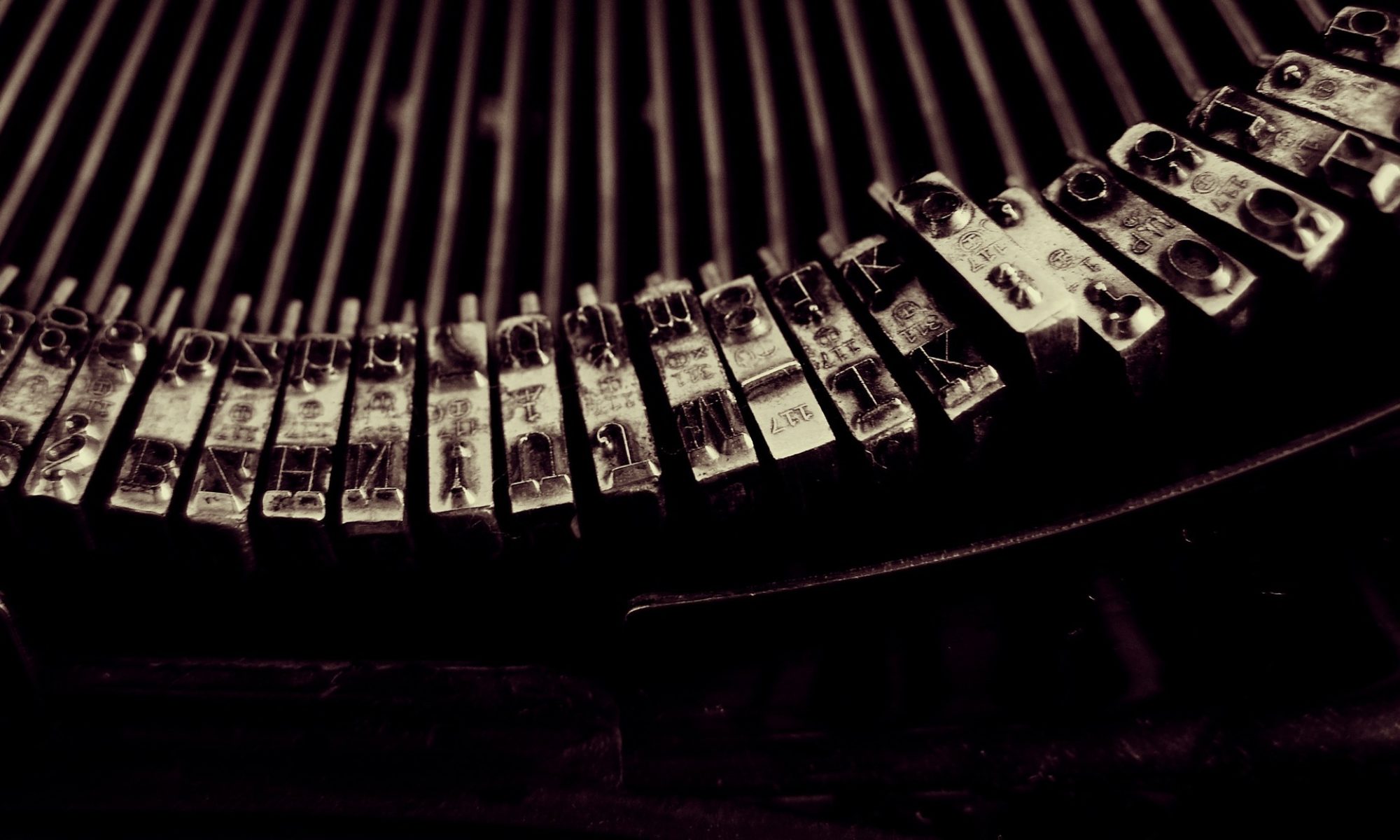
Prompt: You are an astronaut. Describe your perfect day.
My console sleeve gently squeezes me awake, signals the cover of my sleep cell to roll back with a whoosh of air. My lungs fill with a gasp and I blink, swallow, a thicket of needles in my throat. Rows of blue LED lights blink on slowly, in concentric rings. I calibrated them, years ago, to the rate at which my eyes adjust to light. That was a surprising discovery, I remember. So many things about the human body are the same–close enough for government work, at least–from person to person. But not our eyes. As it turns out, each of us sees the world quite differently.
I take a few ragged breaths to clear the stale air from my lungs, turn my head from side to side, and step stiffly from the sleep cell. Shuffling, bent at the waist, I make my way to the hex pod’s air lock and place my hand on the plate. The segments recede, close behind me as I step into the ship’s outer passage. Cirrus 8 comes to life around me, her dark corridors glowing lavender, pink, and gold as the operating systems, dormant or in conservation mode for years, hum and flicker to life.
I make my way to mid-deck and collapse in the cushioned captain’s chair, my weight triggering dust shields over the master console to slide back. Lines of data begin to flood the screens. Cirrus 8 pops up, a blinking green dot in the lower left quadrant of the galaxy model. A female voice, faintly British, booms through the silence. “It is Sunday, September 4, 2375.” A pause. Then, “Happy Birthday, Captain Sandall.”
I had almost forgotten. “Ah yes. And if I had a cake, Dac, how many candles would there be?”
“You were born on this day, Captain, 332 years ago.”
“Funny, I don’t feel a day over 100.”
“You have just logged your sixth 50-year down-cycle. Your biological age is 38 years.”
“That’s what I like about you, old girl. Your head for numbers.”
“I am preparing a status report. It will be ready in approximately three minutes.”
A little door slides away to reveal a pouch of peach-colored liquid and a cube the color of mowed grass. I drain the pouch and pop the cube in my mouth with a grimace. Re-entry nutriments are disgusting. I rise and turn to face the curved wall behind me. “Show me, Dac.”
“Accessing the viewing platform so soon after re-entry is not advisable, Captain.” I chuckle. The Syndac 850 is nothing if not pragmatic. But after 50 years there must also be a snall part of her that is lonely. And she is in fact rather eager to please. I know. I programmed her that way.
“Show me anyway.”
“As you wish, Captain.”
The eggshell surface of the wall shimmers once or twice and then begins to dissolve, allowing the scene beyond to come into view. Carthage Transport. Finally. I have to remind myself to breath.
It’s huge, a roiling ball of blue and gold gases that fills the view screen. Two of its three moons are also visible. Centennia, not much more than a bright spot in the distance, and Flournoi, floating massive and barren in the foreground. I feel a sudden wave of vertigo and stagger. I grasp for but miss the chair and fall hard on my knees, vomiting in great heaving spasms.
“Inadvisable, Captain.”
She’s right, of course. But it doesn’t matter. Carthage Transport. I’ve finally arrived.










